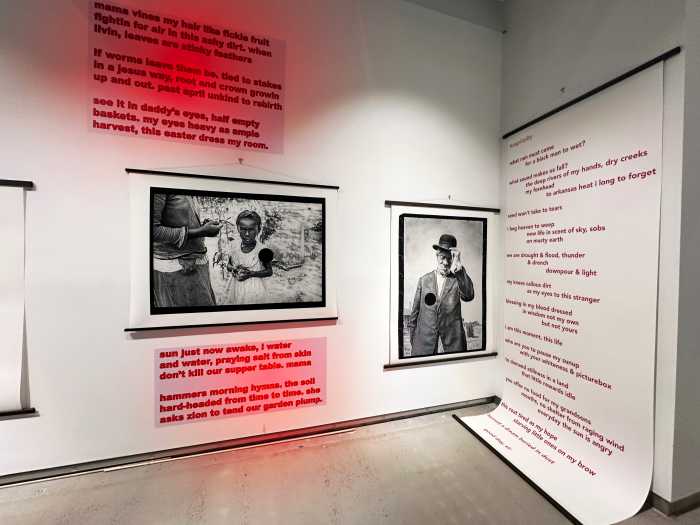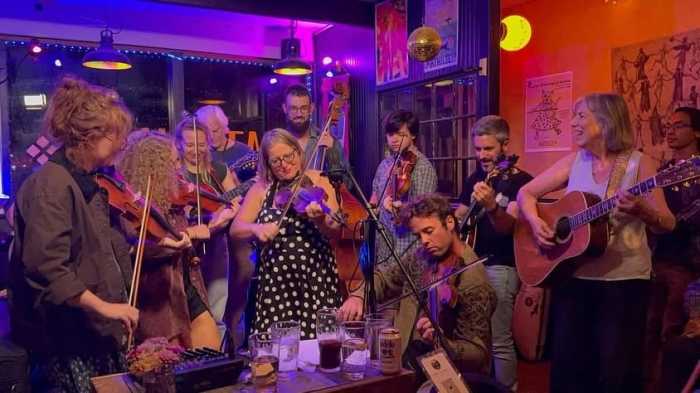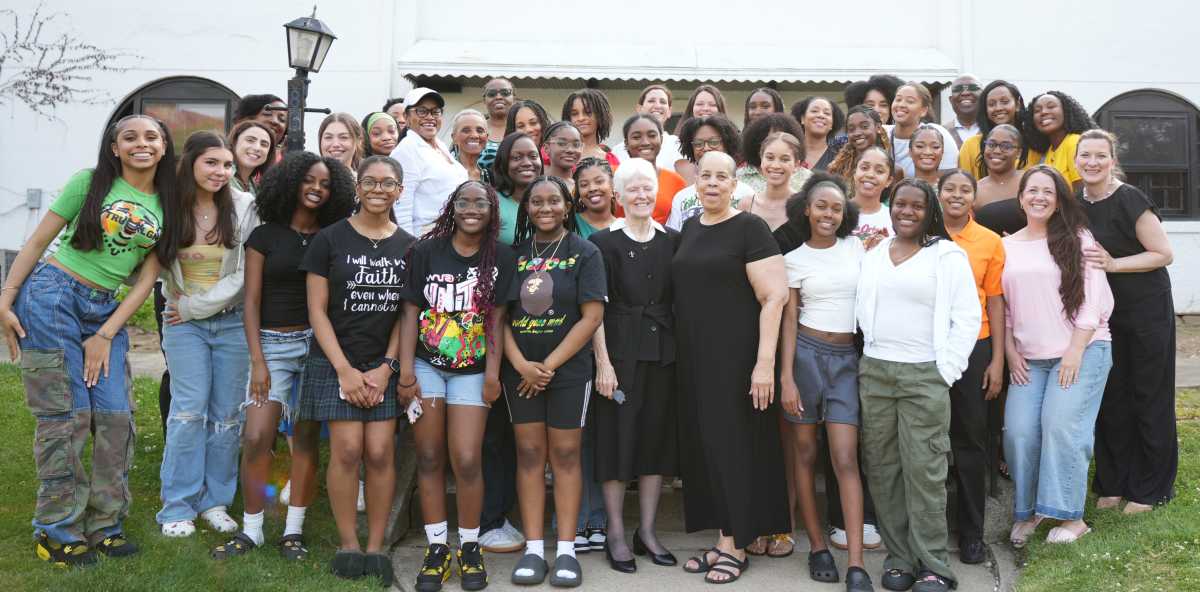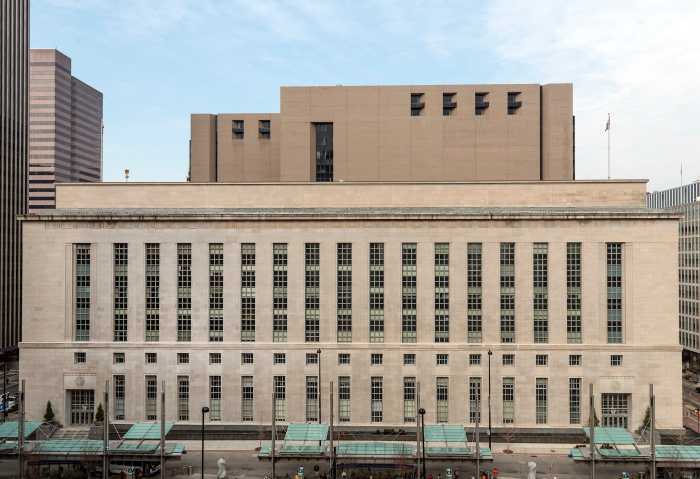Bensonhurst’s Anthony Bocchino, a “Cyclone killer” when he tore apart Brooklyn pitching as a member of the Williamsport Crosscutters in 2002 and 2003, is still playing for the Pittsburgh Pirates organization, as a member of the South Atlantic League’s Hickory Crawdads.
Bocchino’s hitting reached its zenith when he batted .326 at Williamsport in 2003, with a .500 average against the Cyclones as the Crosscutters won the league championship at Keyspan Park.
After spending the first part of the season at high-A Lynchburg, where he hit .269 with a home run and 11 RBIs in 78 at-bats, Bocchino was sent to low-A Hickory so that he could play regularly.
There, he’s hitting .259 but has developed some power, as he has hit 10 homers and has 24 extra-base hits with 42 RBIs in 216 at-bats.
“I’ve just learned to be selective about when to drive the ball, and my pitch selection is better, as it’s expected to be for a player with my professional experience at this level,” said the 25-year-old Bocchino.
Keeping tabs on Bocchino’s progress is his father, Leo, a security officer at Keyspan Park who usually is stationed in and about the Cyclones dugout.
“The Pirates wanted more power from him, and his second-half homers can’t hurt,” said the senior Bocchino.
After the season, Bocchino will return to Bensonhurst, where his wife, Danielle, teaches at the PS 215.
Bocchino was never a Cyclone, but he had large rooting sections of relatives and friends for each of his games at Keyspan, and after wreaking havoc on Brooklyn pitching, Cyclones fans are rooting for this Brooklynite to reach the majors — where he can hit against someone else.
Radio day
It was Radio Day at Keyspan Park on Aug. 21. Well, not officially, but it really was.
In 1895, Italian physicist Guglielmo Marconi invented the first practical radio-signaling system.
One-hundered-ten years later, there was Rob Marconi, distantly related to the man regarded as the inventor of radio, playing a major part in the game against the Cyclones.
Up in the Catbird Seat, Warner Fusselle was describing Marconi’s feats over the very medium that Rob’s relative invented.
And Rob gave Fusselle plenty to send out over the radio waves.
In the first inning, the Aberdeen Ironbirds’ second baseman walked and later scored a run. He singled in the fourth, hit a solo homer over the left field wall in the sixth, and tripled and scored in the eighth.
In the ninth inning, the Ironbirds trailed 9-6 with two out and none on. If Marconi could get on base, the game would continue. If he could hit a double, he would hit for the cycle — a batter getting a single, double, triple and home run in the same game.
Alas, he struck out.
Some time after the game, Marconi was outside Keyspan Park, wearing headphones attached to his MP3 player, loading
up his equipment bag.
“We’re related to Marconi, but I can’t explain how,” said the 22-year-old player.
“When I’m asked if my family is related to the radio inventor, I always say ‘Yes,’ but nobody believes me.”
I asked him what he was listening to on his headphones.
Marconi smiled.
“Some songs,” he replied, “that I got from the radio.”
Tri-City’s bridge to Brooklyn
Earlier this season, we had an item about Quentin (Sam) Carrigy, the Keyspan Park groundskeeper named for a Brooklyn street, Quentin Road.
Now we have a member of the Tri-City Valley Cats named for a bridge — or is he?
When the Valley Cats were in Keyspan Park, James Goethals, a catcher on the team, would get a lot of comments from fans when they saw his last name on the back of his uniform.
“Hey, Goethals, were you named for the bridge?” one fan shouted.
“Goethals, they named a bridge after you!” said another.
It seems that the Valley Cats catcher, from San Mateo, Calif., is related to Major General George Washington Goethals, one of the designers and builders of the Panama Canal.
“He’s something like a great-great uncle,” Goethals said. “My family has stuff in scrapbooks about him at home.”
Well, James Goethals has some Brooklyn roots, as General Goethals was born in Brooklyn in 1882, the son of Dutch immigrants.
George W. Goethals became famous when he succeeded in building the Panama Canal after other attempts had failed.
After his military career, George Goethals, who lived in Manhattan, was a consultant to the Port Authority of New York and New Jersey for the building of, among other passages, the Holland Tunnel, the George Washington Bridge and the bridge between Staten Island and New Jersey, later named in his honor — the George W. Goethals Bridge.
On Aug. 10, when the Tri-City team was on its way to play Brooklyn, James Goethals was on his cell phone to his mother, for he was about to cross, for the first time in his life, the Goethals Bridge. As the team bus entered the Jersey side of the bridge, Goethals reported the news to his mother, and the whole busload of players and coaches cheered.
It was a pretty exciting way for the 23-year-old to bridge the Goethals family name back to Brooklyn.
September 3, 2005 issue
























